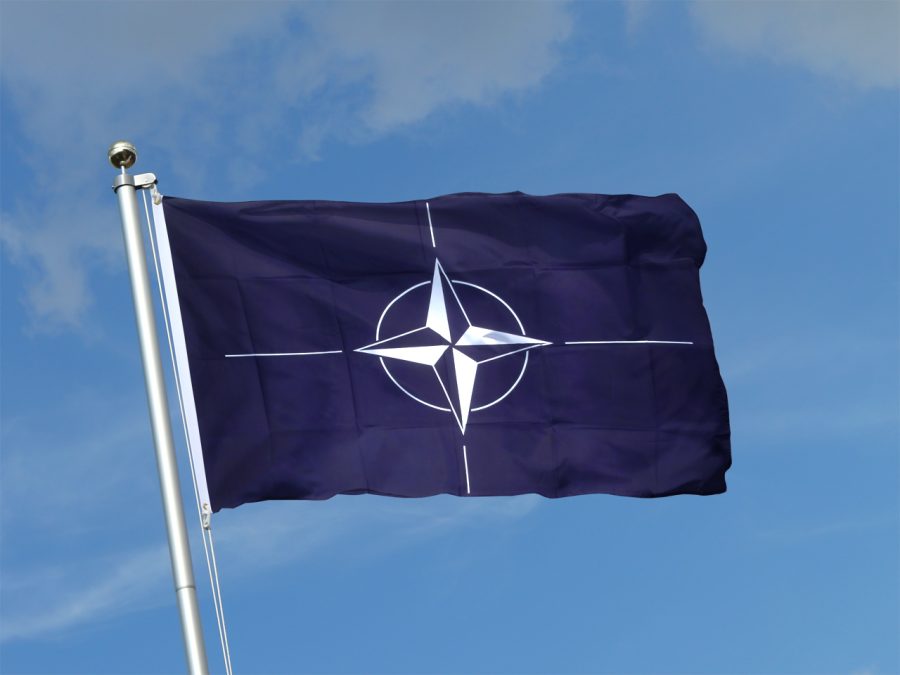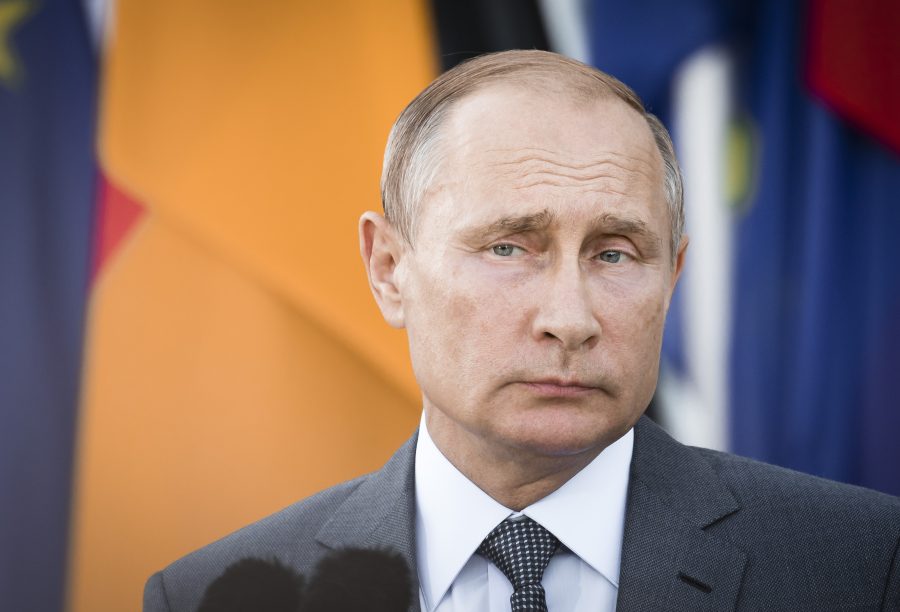|
Getting your Trinity Audio player ready...
|
By: Emmanuel Roy
Supposedly Canada and Mexico entered into an alliance with Russia and the Russian began to move defensive artillery that could be used offensively. When Americans protest that such weapons represent a security threat to the United States, Russia, and its allies say “nonsense.”
The expansion of NATO into Russia’s neighborhood is no laughing matter. NATO is the North Atlantic Treaty Organization whose article five of the agreement calls for joint defense. Every time a country in Eastern Europe joins NATO, it disturbs the balance of power and the defense dynamics of Russia. Some countries in Eastern Europe are more important to Russia than others regarding this power dynamic, especially a country like Ukraine that shares a long border with Russia.

Russia’s intelligence surmised that the U.S. had stationed Tomahawk cruise missiles at Aegis Ashore sites in Romania and Poland.
Aegis Ashore is a system for defending against short- or intermediate-range missiles. Russia argues the site in Romania could be easily adapted to fire cruise missiles instead of interceptors, which ram their target and do not carry warheads, a claim that Washington has denied. Should Washington be believed?
Russian President Vladimir Putin said, “there are MK-41 launchers there that could be configured for firing Tomahawks.” He said they “are offensive systems that could reach thousands of kilometers into our territory. Isn’t that a threat to us?” It could be a threat depending on how one looks at it. But Russia is responding with bravado and determination.

Fears of a Russian invasion of Ukraine have mounted in recent months, after Putin deployed more than 100,000 troops to areas near Ukraine’s borders, including in neighboring Belarus, backed by tanks, artillery, helicopters, and warplanes. Russian officials have insisted that Moscow has no intention of invading. Now, that is a lie. The Russians often deny the obvious. Why move so many troops and artillery to the border if you are not planning an invasion?
U.S. diplomats at the UN security council ask for de-escalation – removing Russia’s massive military build-up at the Ukraine border. The Russians accused the U.S. of fear-mongering, raising alarms for no reason. The military build-up in three separate border locations between Russia and Ukraine is normal, just daily business and nothing to worry about.
Russia feels threatened by the U.S. and has good reason to be. Whenever a bully comes to your neighborhood, you have to be concerned because the bully never comes with good intentions.
In public remarks on the standoff in more than a month, Putin accused the U.S. and its allies of ignoring Russia’s central security demands. Still, he said that Moscow is willing to talk more to ease tensions over Ukraine. Moreover, his remarks suggested that a potential Russian invasion may not be imminent and that at least one more round of diplomacy is likely.
After talks in Kyiv Wednesday with Ukrainian President Volodymyr Zelenskyy, Dutch Prime Minister Mark Rutte underlined, “it is essential for dialogue to continue.” If not, Rutte said, “it is clear that further aggression against Ukraine will have serious consequences.”
Russia’s military build-up has already taken a toll on Ukraine’s economy, but Zelenskyy said his government had taken steps to calm the markets and the local currency, the hryvnia. He said Ukraine has also boosted its combat and armed forces capabilities but underlined that “we think only about peace and de-occupation of (our) territories, solely through diplomatic means.”
Putin has been demanding that NATO stop taking in any new members and withdraw its troops and equipment from countries that have joined the alliance since 1997. However, under Article 10 of NATO’s founding treaty, other European countries may be invited in if they further the goals of European security.
At a NATO summit in 2008, NATO leaders said that they welcomed “Ukraine’s and Georgia’s Euro-Atlantic aspirations for membership in NATO,” adding: “We agreed today that these countries will become members of NATO.”
Russia invaded Georgia later that year and, in 2014, annexed Ukraine’s Crimean Peninsula. Around 14,000 people have been killed in the conflict that still simmers in eastern Ukraine. As a result, their membership plans have been on hold for years, although NATO supports them and promotes reforms.
How can Ukraine join NATO without creating a security risk to Russia? And why does NATO want Ukraine as a member?